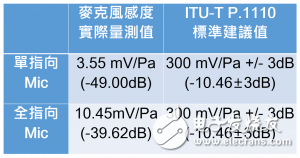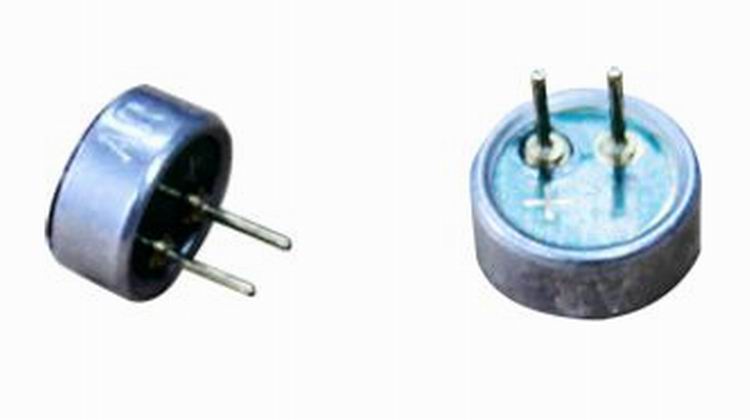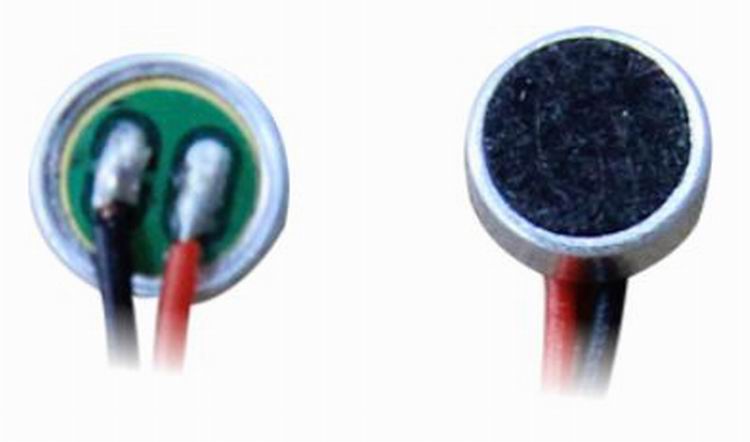On the eve of the era of the Internet of Vehicles, we already have GPS, driving recorders, Bluetooth speakers and other equipment on the car to create a more convenient driving environment. However, a series of manual inputs or settings that are inevitable before going on the road are not so convenient, let alone change when driving halfway through. Even if you are waiting for the red light, as long as you have to reach out and press the button on the screen, it will increase the risk of driving. Therefore, for the driver and passengers to have a more comfortable and safe ride experience, voice assistants with artificial intelligence will be an indispensable part.
However, in this way, we have to face another problem. How can these car voice intelligence products provide excellent voice recognition quality, improve the recognition rate, and let the machine accurately receive our instructions? Imagine that you are traveling with friends on the road, driving at high speed on the national road, everyone is happy to talk and laugh, mixed with engine operation and wind noise, may also have a Lana Del Rey's "Burning Desire", so that you do not feel conscious Step on the gas pedal. At this time, the ambient noise in the car is absolutely higher than 70dB (decibel), and it is also mixed with sound of different frequencies. Therefore, having the product detect the person speaking and receiving the correct instructions is a very headache.
The impact of environmental noise on the quality of voice communication
In the process of speech recognition, it can be divided into five programs: including speech input and speech signal processing, speech feature extraction, speech unit identification with acoustic model (acousTIc model), and speech unit organization with language model (language model). , decoding and output.
In the current voice assistant market, Microsoft has been the longest, and Apple and Google have come together to improve the smartphone experience. In the recent hot Amazon Echo, its voice assistant Alexa was initially positioned as an independent voice-activated home platform. Establish your own ecosystem. These voice assistant developers have basically mastered the following four procedures. However, once it comes to the automotive sector, product equipment developers are bound to be more focused on voice input and voice signal processing procedures.
The vehicle voice intelligent product is within 0.5~1 meter of the user's environment. When the car engine is started and the window is closed, the noise inside the car is about 60dB. Suppose the user emits about 89dB of sound (the average value of the general speaking volume), and the signal-to-noise ratio at the mouth is 29dB, which is enough to maintain good communication quality. But you don't want to put your face in front of the car panel every time you order, so 0.5~1 meters is a reasonable distance for the product to receive voice signals. However, when the speech sound reaches 0.5 meters, it will decay to 65dB, at which time the signal-to-noise ratio is only 5dB; when the speech sound reaches 1 meter, only 60dB remains, which is equivalent to the volume of the noise, not to mention the above-mentioned high-speed driving. In the environment, the noise is louder than the voice of the commander.
Standard vehicle communication quality
When facing the gradual improvement of the Internet of Vehicles and the popularization of voice applications, more and more automakers require built-in Android Auto, Apple Carplay and other intelligent assistants, all of which need to be designed in accordance with ITU-T P.1110/P.1100 voice standards. For the automotive electronic system factory assembled or designed and manufactured by the OEM, it is equivalent to stepping into an unknown field. It is only time-consuming to find out the problem by continuously detecting the existing products. Therefore, such as Bell Acoustics, a third-party voice testing laboratory, will test from the microphone module, connecting wires and other parts, first to help the manufacturer to determine whether the material selection is correct.
Bell Acoustics has tested an old car microphone module with two ECM capacitive analog microphones, one for omnidirectional, mainly for ambient sound, used as a background noise cancellation algorithm. The other is unidirectional, and the direction of the radio is directed to the driving, which is used to receive the voice signal of the driving. According to the ITU-T P.1110 test method, the following data are obtained:

As can be seen from the results, the microphone module is too far from the standard recommended value, and the sensitivity is about 30dB, so the signal must be amplified by 30dB to meet the standard recommended value. However, this means that the noise will also be amplified, resulting in poor speech quality and recognition. On behalf of this microphone, it should not appear on the car voice smart products at first. With the help of Bell Acoustics, manufacturers can quickly find the crux of the problem and avoid too many meaningless tests.
Because the ambient noise of the car will change with various factors such as speed, road section, road condition, air conditioning, passengers and audio, and the background noise reduction algorithm is not easy to solve the time-changing and sudden sound, the vehicle voice intelligence Products can focus on some details to help improve communication quality. For example, more than two microphone arrays are used for better background noise reduction algorithms; microphones with relatively high noise levels are preferably SNR 58dB or more. Secondly, place the microphone in the closest position to the driver's mouth, such as near the steering wheel; but at the same time, try to shorten the distance between the microphone wire and the mainframe, and strengthen the wire insulation to reduce external noise. Finally, it is equipped with Echo cancellaTIon, background noise reducTIon and Mic auto gain control to help improve the speech recognition rate.
Microphone:
Microphone is a kind of electrets microphone unit for audio input. It is a transducer which can transduce audio signal into electric signal. It is also called receiver. It is widely used in many industries which need audio input.
Our main microphones include:
1) From the diameter: we have microphones in 4mm~10mm.
2) From the direction, we have omni-direactional and one-directional micphones.



FAQ
Q1. What
is the MOQ?
XDEC: 2000pcs for one model.
Q2. What is the delivery lead time?
XDEC: 15 days for normal orders, 10 days for urgent orders.
Q3. What are the payment methods?
XDEC: T/T, PayPal, Western Union, Money Gram.
Q4. Can you offer samples for testing?
XDEC: Yes, we offer free samples.
Q5. How soon can you send samples?
XDEC: We can send samples in 3-5 days.
Electric Microphones,Usb Microphone,Digital Microphone,Stage Microphone
Shenzhen Xuanda Electronics Co., Ltd. , https://www.xdecspeaker.com